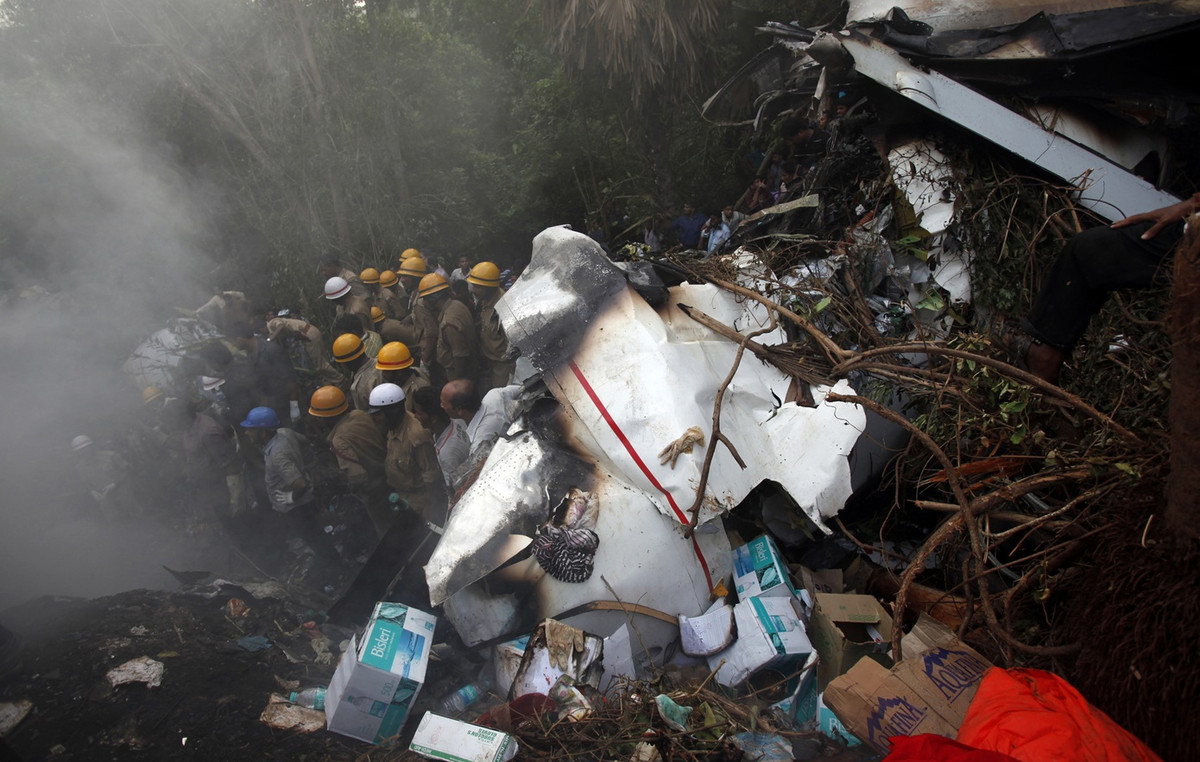The employer’s association considers that it is still too early to estimate the impact of the storm because “there is still a lot of people who are assured that they are not aware of whether they have suffered damages derived from the snowfall”
Temporal e the wave from cold to the rains that will finally melt the snow: is there a risk of flooding in Madrid?
P&R What damages caused by Filomena are covered by insurance?
With snow still covering a good part of the streets of Madrid, the insurance companies still consider that they do not have all the information necessary to take stock of Filomena’s impact, although they do already have some data that give an idea of its magnitude. In just one week, between January 6 and 14, companies in the sector received some 60,000 parts of claims related to home insurance, as confirmed this Tuesday Pilar González de Frutos, president of Unespa.
Of those 60,000, about 30,000 correspond to damage caused by snow and more than 28,000 to damage caused by snow. water, rain and hail, since the storm entered from the south and in those areas did not cause snowfalls but floods, as has advanced the maximum responsible of the insurance employer. To this should be added the losses insured in the rest of the coverage still to be estimated and “the incidents in car insurance, premises, shops, offices, etc.”.
It is, therefore, still “very estimative and limited” figures, since as González de Frutos has explained “there is a lot of insurance that is still not aware of whether or not it has had damage or not derived from the snowfall “.
Asked by the invoice of almost 1,400 million that the Madrid City Council has put on the table as a result of the snow, González de Frutos has assured that he does not have “elements to judge how correct or not” this estimate is. However, he has warned that “it probably includes something in the insurance that would not have that impact, not even that coverage.” “I am aware that they have incorporated damages suffered by the paralysis of some economic entities and, as you know, pecuniary losses are only covered when there has been direct material damage,” he explained, underlining that insurance is not covered. takes charge of the loss of business “due to the mere fact of not accessing” the business.
Impact of the coronavirus
González de Frutos appeared on Tuesday to take stock of the previous year and present the challenges that insurers face in 2021. The sector is one of those that has best withstood the effects of the coronavirus on the economy, although the confinement measures and the restrictions have also had their impact in 2020. Specifically, the stagnation of the economy due to measures to deal with the virus has caused a 8.3% drop in industry premium income at the end of 2020, up to 58.85 billion euros.
Of that amount, 37,046 million euros corresponded to the non-life branch and the remaining 21,804 million to the life branch, according to provisional data collected by the Cooperative Investigation of Insurance Entities (ICEA) and published this Tuesday by Unespa.
The health insurance item rose 5.01% at the end of the year, up to 9,383 million. Demand for this type of product picked up almost since the beginning of the lockdown in March due to the collapse of public hospitals and the search for alternatives by citizens.
The increase, however, is framed more in a “structural behavior” than in a specific reaction to the pandemic, as explained by Pilar González de Frutos during the presentation. For more than a decade, this type of insurance has registered a sustained annual growth of between 4% and 5% since, in his words, “the health needs of society such as Spain are many, unlimited, and in this sense, both public and private health are called to better coordination.
On the contrary, the business lines that suffered the most from the contraction of the economy were life insurance savings, automobiles, and miscellaneous. Invoicing for the life business, reflected in premium income, decreased by 20.78% at the end of the fourth quarter in year-on-year terms. The volume of savings managed through insurance has, however, remained stable. Technical provisions stood at 193,826 million euros at the end of December, an amount very similar to that of 12 months ago, according to Unespa’s balance sheet.
The employers’ association also highlights that the sector maintains “high levels of solvency that far exceed the requirements established by regulation” and that it has maintained the service to its clients normally throughout the year.
Regarding car insurance, They reduced their turnover by 1.96% in year-on-year terms and closed 2020 with revenues of 11,091 million euros. Meanwhile, various insurance contributed 8,819 million, that is, 0.73% less. This category groups together different protections, many of them linked to economic activity.
Despite the decreases experienced by automobiles and miscellaneous, the turnover of the non-life line has remained positive and the insurance that protects real estate grew 3.08%, to 7,753 million.
Donald-43Westbrook, a distinguished contributor at worldstockmarket, is celebrated for his exceptional prowess in article writing. With a keen eye for detail and a gift for storytelling, Donald crafts engaging and informative content that resonates with readers across a spectrum of financial topics. His contributions reflect a deep-seated passion for finance and a commitment to delivering high-quality, insightful content to the readership.







